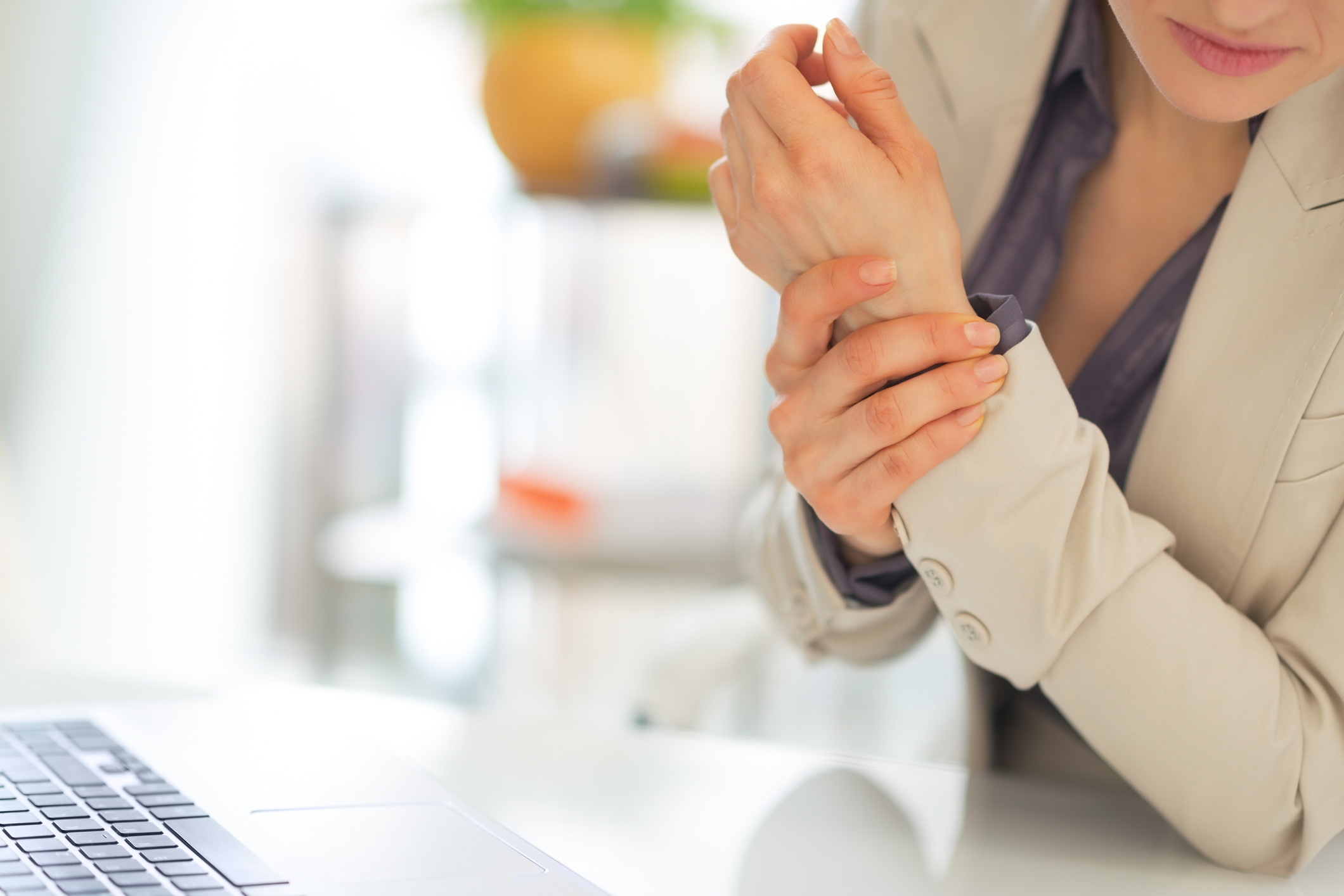Shock waves which are minimally-invasive and above all decisive, in many cases may represent a valid therapeutic strategy, which comes after a thorough diagnosis. With specialist Dr. Maria Cristina D’Agostino, orthopedic and trauma surgeon at Humanitas, we deepen the path of a patient.
How to locate the tendonitis and inflammation of the tendons?
“In the case of tendinitis and the inflammation of the tendons, the first test levels are represented by an ultrasonography and radiography – explains Dr. Maria Cristina D’Agostino – . An ultrasound performed allows for an assessment of both static and dynamic values, which in turn provides valuable information on the functionality of the tendon and its integrity, and helps us to discover any adhesions that may prevent proper movement and scrolling. Furthermore, during the ultrasound it is also possible to highlight the presence of “pathological” vascularization, which is directly related to inflammation: this allows us to integrate the data for a diagnosis which is even more accurate. In some cases it is difficult to classify or if we have a diagnostic doubt, we can use an MRI.”
How to cure tendonitis?
After a diagnosis, the procedure of careful planning is done by the doctors. “When other non-invasive therapies have failed, the shock waves are the tool of choice for therapeutic tendon diseases – explains Dr. D’Agostino -, they are always associated to exercise therapy (physiotherapy). This association is very important, as the tendons respond very well and positively to the correct mechanical stresses, in addition to biophysical stimulations”.
What are shock waves?
Shock waves are a mechanical stimulation, which is non-invasive and therefore safe, and relatively well tolerated (if properly performed, with suitable equipment). With such stimulation we can achieve, in the first instance, an effect of anti-inflammatory and pain reduction, but also, with the continuation of weeks and months, we contribute to the “welfare” of the tendon as a whole. “In the current state of knowledge, in fact, we can say that – comments the expert – that with the shock waves we cannot repair damaged tendons, but you can definitely contribute to improve at least some of its structure. This type of mechanical stimulation, in fact, has no detrimental action on living tissues, but is capable of activating growth factors and other substances, which stimulate specialized cells and stem cell reserves, which make a tendons structure life, like other structures of the musculoskeletal system and other organs of the body”.
-
3,400 Physicians
-
110,400 Annual surgeries
-
190,400 Annual Inpatient Admissions
-
928,000 Patients



